Bulbs
Flower Basics
Flower Beds & Specialty Gardens
Flower Garden
Garden Furniture
Garden Gnomes
Garden Seeds
Garden Sheds
Garden Statues
Garden Tools & Supplies
Gardening Basics
Green & Organic
Groundcovers & Vines
Growing Annuals
Growing Basil
Growing Beans
Growing Berries
Growing Blueberries
Growing Cactus
Growing Corn
Growing Cotton
Growing Edibles
Growing Flowers
Growing Garlic
Growing Grapes
Growing Grass
Growing Herbs
Growing Jasmine
Growing Mint
Growing Mushrooms
Orchids
Growing Peanuts
Growing Perennials
Growing Plants
Growing Rosemary
Growing Roses
Growing Strawberries
Growing Sunflowers
Growing Thyme
Growing Tomatoes
Growing Tulips
Growing Vegetables
Herb Basics
Herb Garden
Indoor Growing
Landscaping Basics
Landscaping Patios
Landscaping Plants
Landscaping Shrubs
Landscaping Trees
Landscaping Walks & Pathways
Lawn Basics
Lawn Maintenance
Lawn Mowers
Lawn Ornaments
Lawn Planting
Lawn Tools
Outdoor Growing
Overall Landscape Planning
Pests, Weeds & Problems
Plant Basics
Rock Garden
Rose Garden
Shrubs
Soil
Specialty Gardens
Trees
Vegetable Garden
Yard Maintenance
How to Grow Shallots
How to Grow Shallots. Shallots (Allium cepa var. aggregatum, also referred to as Allium ascalonicum), hardy in U.S. Department of Agriculture plant hardiness zones 2 through 9, grow in the cool season vegetable garden. Planted from small starter bulbs, they are ready for harvest 60 to 75 days after planting. While not maintenance free, this...
Shallots (Allium cepa var. aggregatum, also referred to as Allium ascalonicum), hardy in U.S. Department of Agriculture plant hardiness zones 2 through 9, grow in the cool season vegetable garden. Planted from small starter bulbs, they are ready for harvest 60 to 75 days after planting. While not maintenance free, this relative of the common onion (Allium cepa, USDA zones 5 through 10) thrives with a little growing space, regular water and occasional fertilizer.
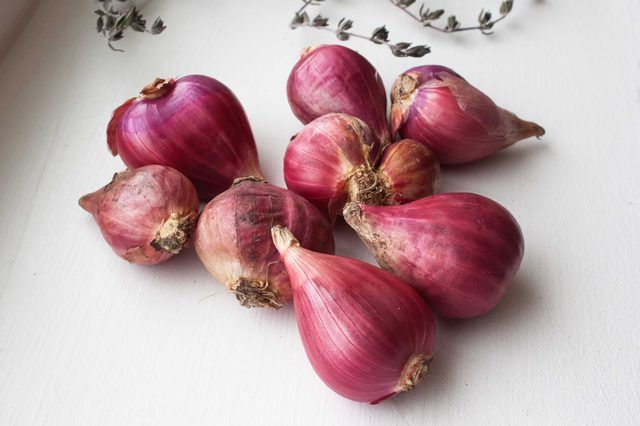
Plant shallot bulbs in the ground four to six weeks before your typical last frost date. Grow shallots in full sun -- at least six hours per day -- or part shade between two and four hours per day. Pick a spot in the garden with loamy soil that drains well. In poorly draining areas, where water tends to collect, shallots often rot. When you plant shallots, leave 6 to 8 inches between the bulbs so they have room to mature; bury the flat end of each bulb in the soil deep enough so that the pointed top is right at the soil line.
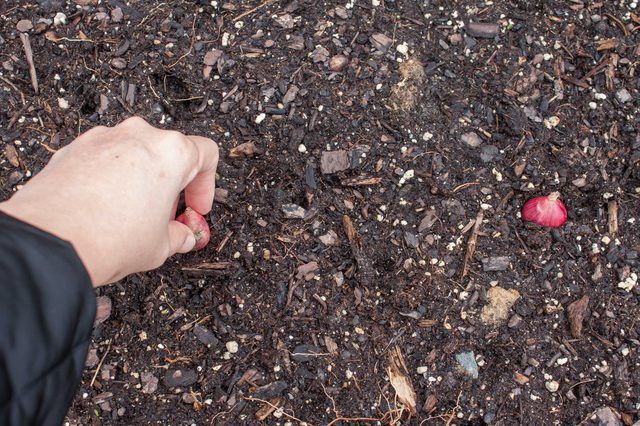
Water requirements change depending on the type of soil you're working with but in general, plan to keep shallots moist with 1 inch of water per week. If the soil feels dry, or it gets wet and waterlogged, adjust watering right away. Aim to keep the soil moist 6 to 8 inches deep. Early mornings are the best time to water. If it's raining, you may not need to water manually at all.
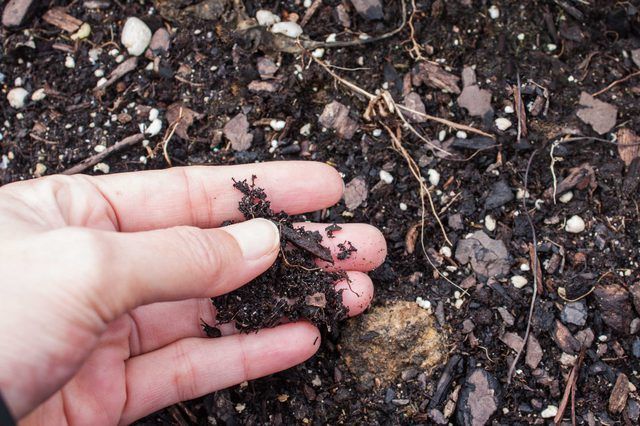
Shallots benefit when you amend the soil with fertilizer before planting; mix 3/4 to 1 pound of a balanced granular fertilizer, such as a 10-10-10 formula, per 25 square feet into the soil prior to planting. To get a strong crop, fertilize about six weeks after planting, again using a balanced granular fertilizer; sprinkle 1/2 pound -- for each 25 square feet -- over the soil. Water fertilizer in with a sprinkler or garden hose. Feed the shallot bed with another round of fertilizer 12 weeks after planting, or six weeks after the previous round.
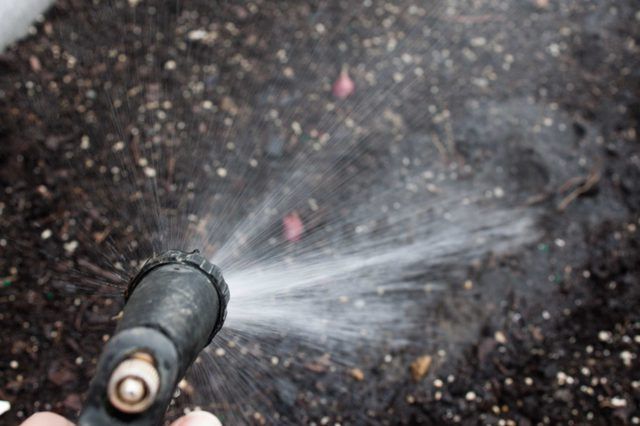
Grass and other weeds compete with shallots for water, growing room and nutrients. Regular weeding reduces competition. Pull grass and weeds by hand rather than using a hoe or other garden tool. Shallot bulbs grow near the surface. If you cut down too deep with metal tools you're likely to damage the bulbs. Mulching is also a smart way to keep weeds down. Use seed-free straw or vegetable-based compost. Adding 2 to 4 inches of mulch over the area also helps keep the soil moist.
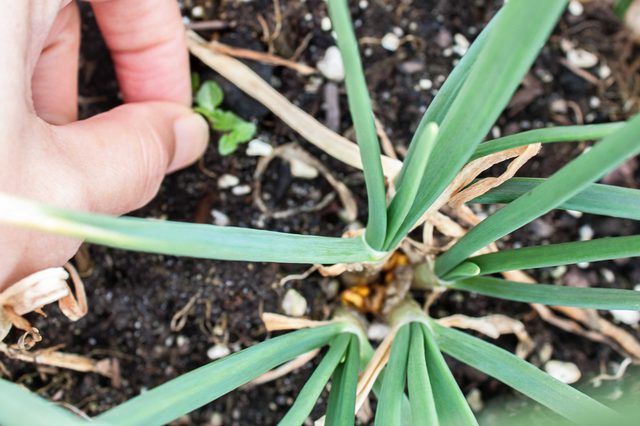
To minimize the chance of disease and pest problems, rotate shallots and other onion crops, ideally waiting three years between planting. You can use that area for other non-onion family vegetables and herbs. Onion maggot, a damaging and difficult-to-eradicate pest, can survive winters in the soil. By rotating shallots in the garden, you minimize the risk of an onion maggot infestation.
